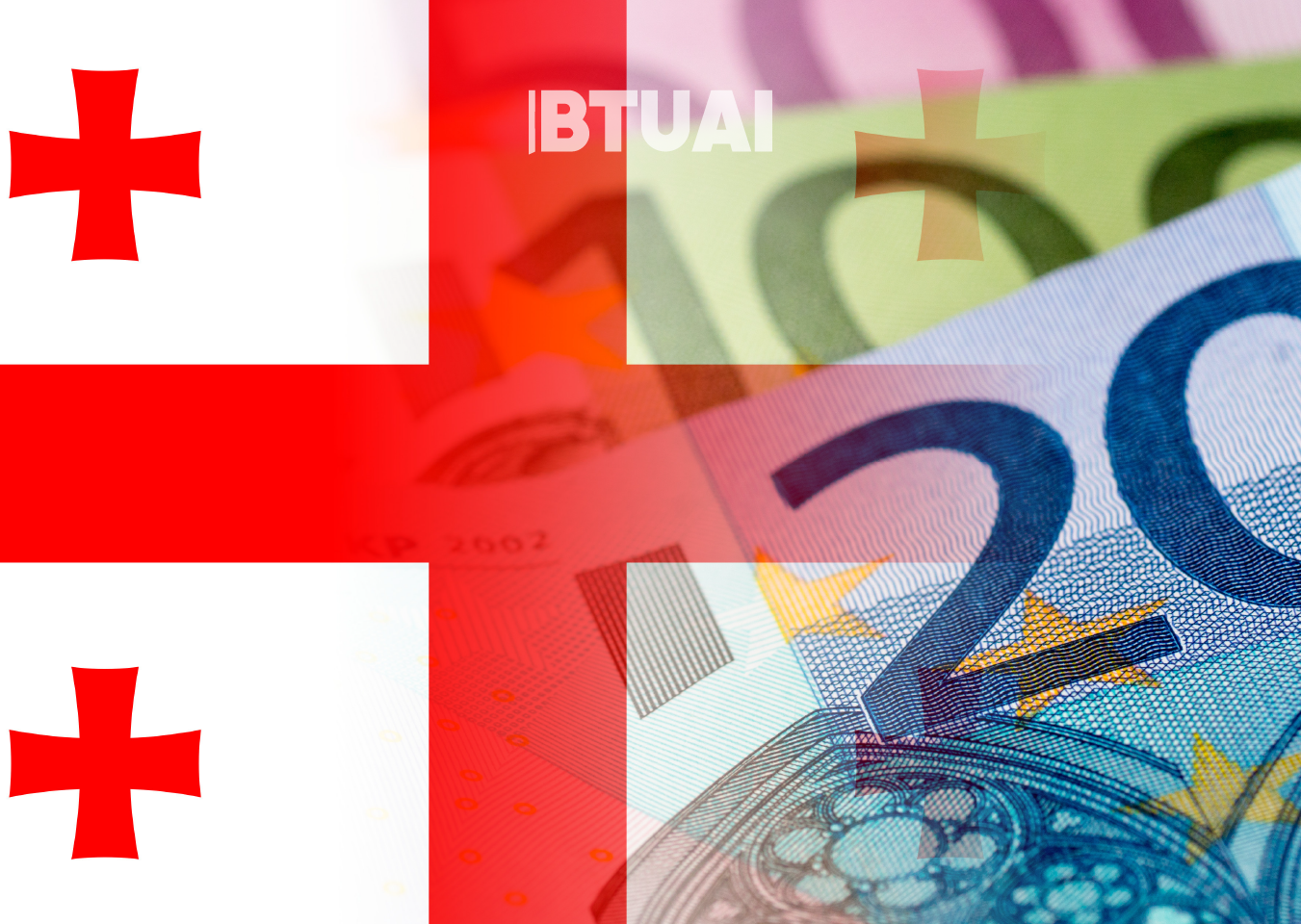Inflation Paradoxes: What Georgia’s April Data Tells Us
According to the National Statistics Office of Georgia (Geostat), inflation remained relatively stable in April 2025, with a monthly

According to the National Statistics Office of Georgia (Geostat), inflation remained relatively stable in April 2025, with a monthly rate of 0.2% and an annual rate of 3.4%. Yet, behind these headline figures lies a more complex and uneven reality. A closer look at the internal structure of price changes reveals patterns that directly shape how different groups of consumers feel the effects of inflation.
Prices rose most sharply for everyday essentials such as cooking oil, vegetables, tea, and bread — in some cases by more than 15%. For households where a significant portion of the budget goes toward food, this kind of increase hits particularly hard. Healthcare services also saw notable price hikes, including outpatient care, hospital services, and medical supplies — areas often left out of public inflation debates, despite their growing weight in household expenses.
At the same time, the inflation index was eased by significant price drops in a few categories. Communication services, particularly internet and telecom, saw notable deflation. Some transport-related costs, such as fuel and vehicle purchases, also declined, although public transport services became more expensive.
This contrast illustrates how an average inflation figure can mask very different consumer experiences. Someone who relies heavily on groceries and healthcare may feel prices rising much more acutely than someone who benefits from cheaper transport.
Georgia’s April inflation data is a reminder that economic indicators need context. Understanding inflation means going beyond the average — asking what exactly is getting more expensive, what’s getting cheaper, and who is most affected. It’s in these details that the real story of inflation unfolds.




